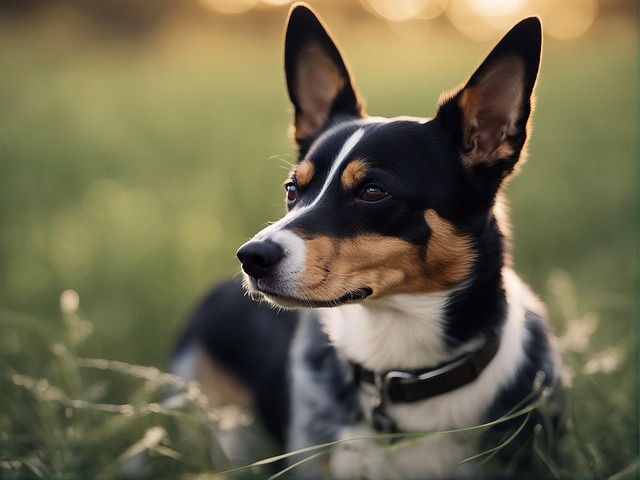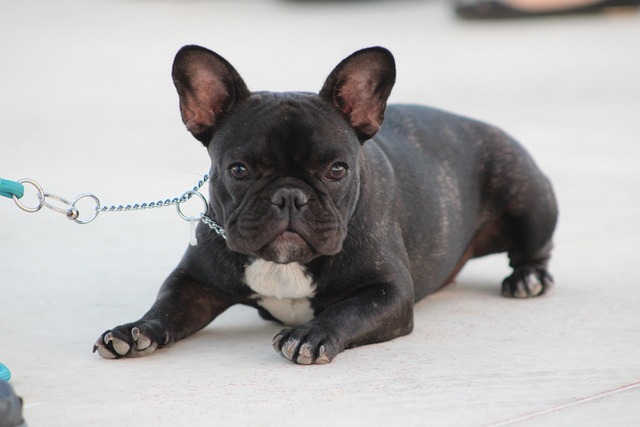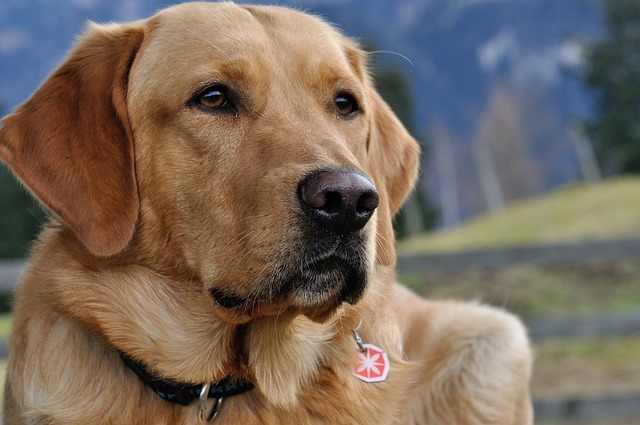New dog owners often fixate on one question: which pup will pick up commands without turning every training session into a wrestling match? It’s not just about convenience—easy training helps build trust, keeps your home intact, and even keeps them safe when they’re off-leash in the park.
Border Collies top many lists, and for good reason. These fluffy dynamos live for mental challenges—think of them as the overachievers of the dog world. Show them a trick once, reward with a treat or a game of fetch, and they’ll repeat it like it’s their job. They thrive on structure, so daily training sessions feel less like work and more like play. Just be ready to keep their brains busy—bored Collies get creative, and that creativity might involve chewing your couch.
Poodles, too, are shockingly quick studies, no matter their size. Standard, miniature, or toy—they all share that sharp, eager-to-please attitude. What makes them stand out? They pick up on tone of voice, so a cheerful “good boy!” works almost as well as a treat. Plus, their love for human attention means they’ll soak up obedience drills just to stay in your spotlight. They’re not just smart—they’re people-pleasers, which makes training feel like a team effort.
Labrador Retrievers deserve a spot here, too. These friendly giants have a knack for turning training into a party. They’re food-motivated (seriously, that tail wags faster at the sight of a kibble than a squirrel) and hate disappointing their people. Sit, stay, come—they’ll nail the basics in weeks, especially if you keep sessions short and silly. Just remember: their enthusiasm can get the best of them, so patience with the occasional overexcited jump is key.
 German Shepherds bring a different energy—calm, focused, and built for purpose. They’re the kind of dogs that watch your every move, waiting for instructions like they’re on a mission. This focus makes them stars at obedience, but it also means they need clear, consistent cues. Mix up the routine sometimes—teach them to fetch the mail or close doors—and they’ll thrive. Many regions require certain obedience skills for larger breeds in public spaces, and Shepherds check those boxes with ease.
German Shepherds bring a different energy—calm, focused, and built for purpose. They’re the kind of dogs that watch your every move, waiting for instructions like they’re on a mission. This focus makes them stars at obedience, but it also means they need clear, consistent cues. Mix up the routine sometimes—teach them to fetch the mail or close doors—and they’ll thrive. Many regions require certain obedience skills for larger breeds in public spaces, and Shepherds check those boxes with ease.
It’s not all about breed, though. Even the smartest pup won’t learn if training feels like a chore. Keep sessions under 10 minutes, use positive reinforcement (treats, praise, that toy they’re obsessed with), and never punish mistakes—confusion kills progress. Also, remember that local laws often require basic training like leash manners or “come” commands in public areas. A dog that responds quickly isn’t just well-behaved—they’re compliant, too.
Every dog is an individual, of course. A lazy Beagle might out-train a hyper Collie, or a rescue mutt could surprise you with how fast they learn. Breed gives a general idea, but personality and past experiences matter more. Spend time with a pup before bringing them home—watch how they react to new sounds, treats, or gentle guidance. That connection will make training feel natural, not forced.
Training shouldn’t feel like a battle. The easiest dogs to train aren’t just smart—they want to connect with you. Whether it’s a Collie, a Poodle, or a lovable Lab, the right match will turn “sit” and “stay” into moments of joy, not frustration. And when they trot over, tail high, after nailing a new trick? That’s the magic of finding your perfect training partner.

 German Shepherds bring a different energy—calm, focused, and built for purpose. They’re the kind of dogs that watch your every move, waiting for instructions like they’re on a mission. This focus makes them stars at obedience, but it also means they need clear, consistent cues. Mix up the routine sometimes—teach them to fetch the mail or close doors—and they’ll thrive. Many regions require certain obedience skills for larger breeds in public spaces, and Shepherds check those boxes with ease.
German Shepherds bring a different energy—calm, focused, and built for purpose. They’re the kind of dogs that watch your every move, waiting for instructions like they’re on a mission. This focus makes them stars at obedience, but it also means they need clear, consistent cues. Mix up the routine sometimes—teach them to fetch the mail or close doors—and they’ll thrive. Many regions require certain obedience skills for larger breeds in public spaces, and Shepherds check those boxes with ease.



